This has ended up being quite a long post, as there has been a lot happening on our homestead in the past year. I’d like to try and share updates more frequently for this coming year if I am not too busy. We are in really exciting times on our homestead and I’d like to share a little about what we’ve learned and achieved.
Growing our homestead
Maremma livestock guardian dogs
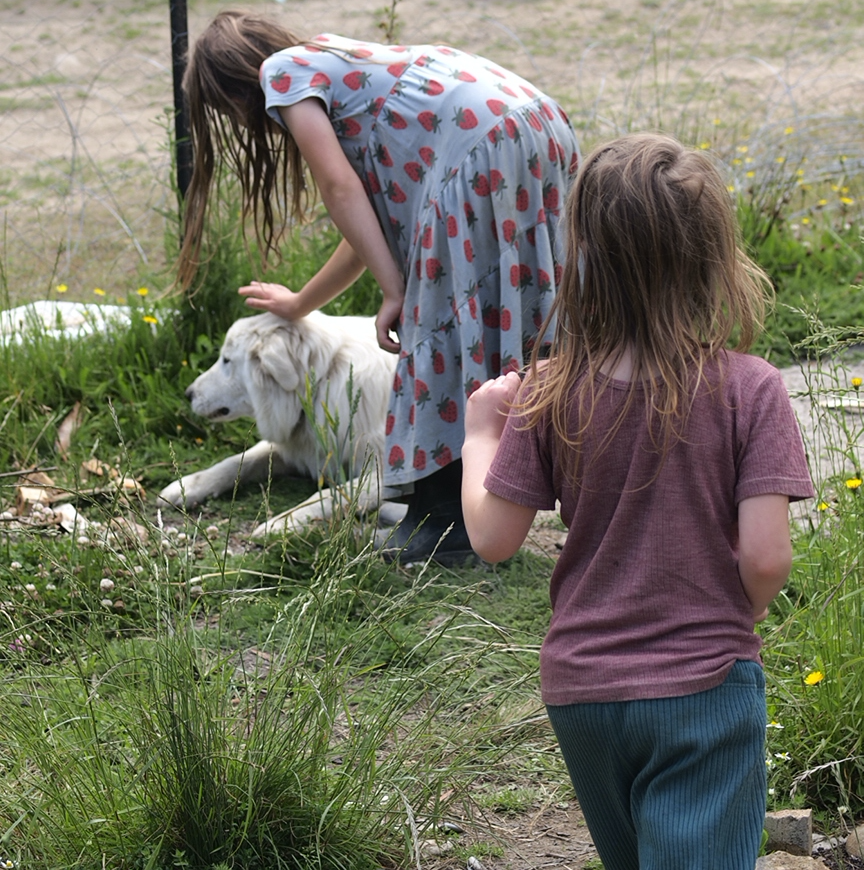
This has been a long story with some sad moments, too long to share in this post (but maybe in a future post).
Some of the things we’ve struggled with on our homestead have been wildlife getting into our gardens and eating everything, and predators eating our poultry. These dogs want to protect us, our animals, and our garden from the wildlife, and we have been so happy to have them here.
Ducks
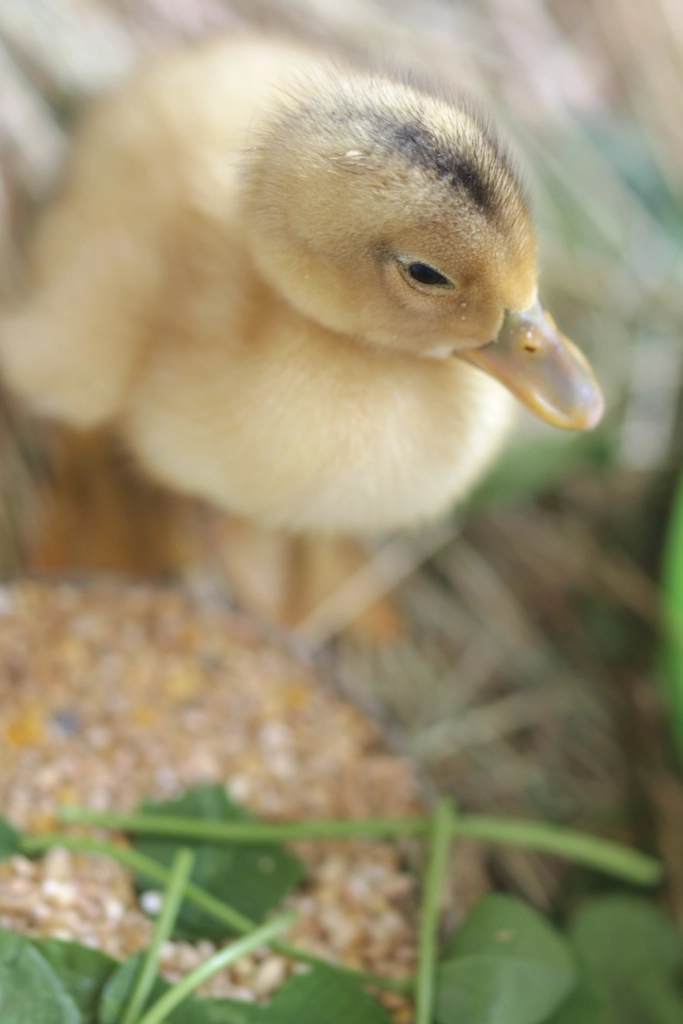
Ducks have always been one of my favourite two animals (along with goats). As I mentioned above, we have tried to keep them a couple of times, but the wildlife has always eaten them. Once we had our first Maremma dog, I asked my friends nearby who have an incubator if they would be willing to hatch some eggs for me, I found some fertile silver appleyard duck eggs and pilgrim geese eggs online – the goose eggs were damaged in the post and would not hatch sadly, but most of the duck eggs hatched and we were greeted by beautiful little peeping ducklings.
We raised these ducklings in a makeshift electric-free brooder next to the woodstove, putting them outside when they were old enough, and they are just lovely. It’s so nice to hear their duck noises, look forward to hopefully some naturally-hatched ducklings, duck eggs, and duck meat in future. The excess drakes that we ate were really tasty.
I read a lot about duck breeds, and narrowed down my choice for backyard ducks to Saxony, Ancona, or Silver Appleyard – all three are fairly large breeds that lay plenty of eggs, forage well, and are good mothers. The Silver Appleyards are easier to find here, so that is what I went with. For ducks further afield (perhaps on an island in a future pond, to protect them from quolls), I might try Muscovy ducks again.
Garlic
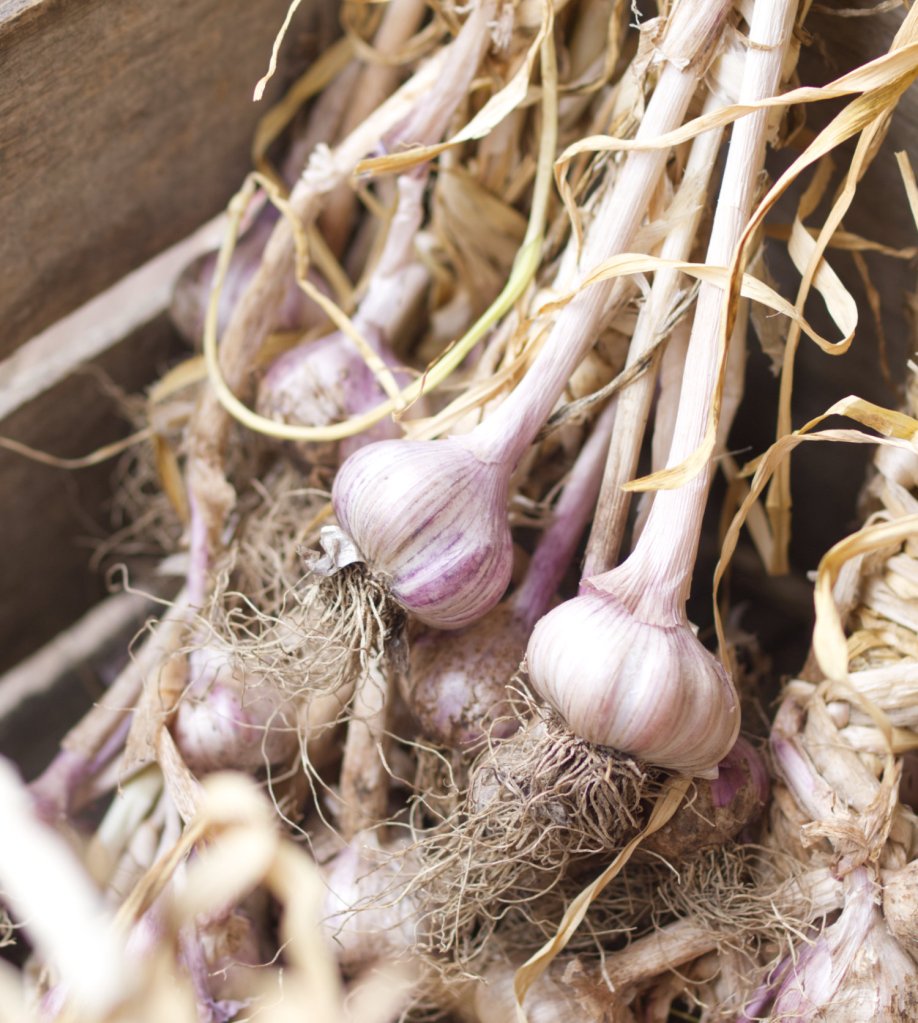
Winter is the most desperate time for the wildlife, and in past years the fence has had holes or other problems with it, and wallabies have gotten in and eaten anything we’ve had growing through the winter, including the garlic. This past year, even before we got the dogs, my husband had repaired the fence around our house garden, and wallabies could not get in. We grew enough garlic for ourselves, some to sell, and plenty to replant, so it has been a huge success that I am so happy about after all these difficult years.
More garden space
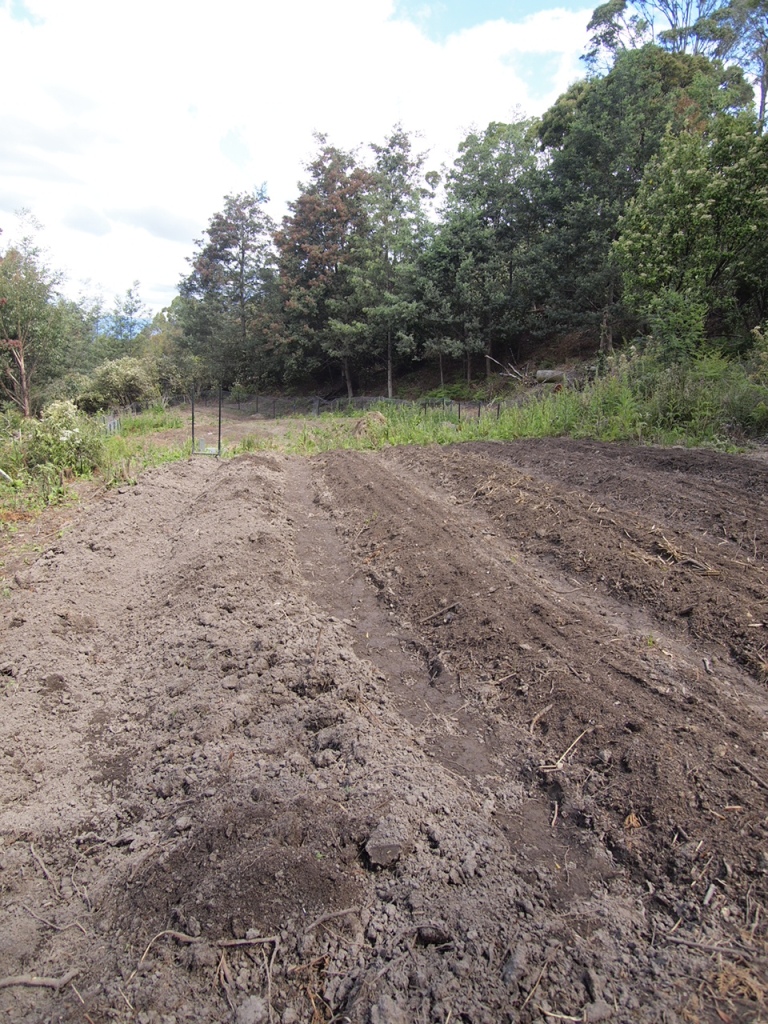
A couple of years ago we started clearing and fencing around 600m2 (1/8 acre) more garden space. This new space is sunnier than the garden around our house, and reasonably flat. The fencing was not ideal at first, as we did not cover the ‘foot’ of it properly, and there was a hole in one place that we took a while to discover, so wallabies were getting in. Possums were also a problem until we solved this with dogs. For most of the growing season this past year, most of the things I planted all got eaten, but once we solved these problems I managed to grow some food late in the season, as well as plenty of potatoes from earlier, which were mostly left alone, giving me confidence that we can grow a lot of food in this new area during the next year.
Lots of cheese
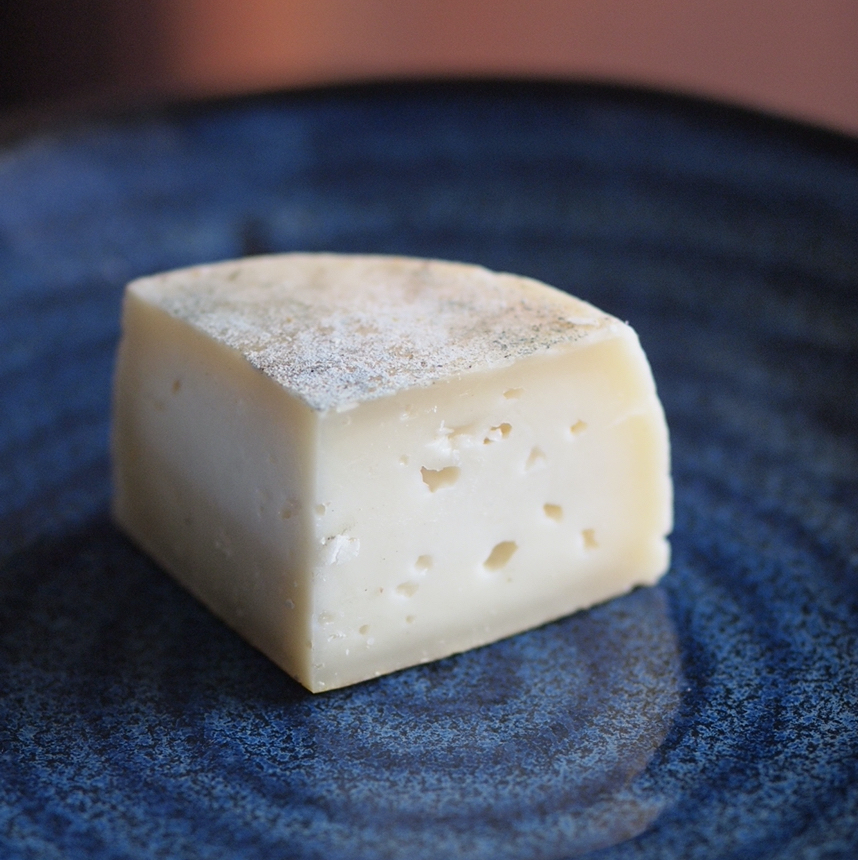
I’ve been more organised about cheesemaking this year. Rather than harvesting the milk, leaving it until late in the day, and finding I don’t quite have enough for cheese, I’ve been setting aside milk early in the day for cheese, using it very fresh, and making cheese in small batches. I’ve been making really lovely cheese, and plenty of it, as the cheese yields are higher if the milk is very fresh and by making cheese a priority and being organised to make it on time, I am just making more of it in general.
I’ve been writing about cheese for an upcoming book, which I’ll share more details about on here later, I am planning a Kickstarter for it and have a thread over on Permies to help plan it here: https://permies.com/wiki/219046/Cheese-book-kickstarter-planning-thread
Here’s the cover of it, as it looks right now
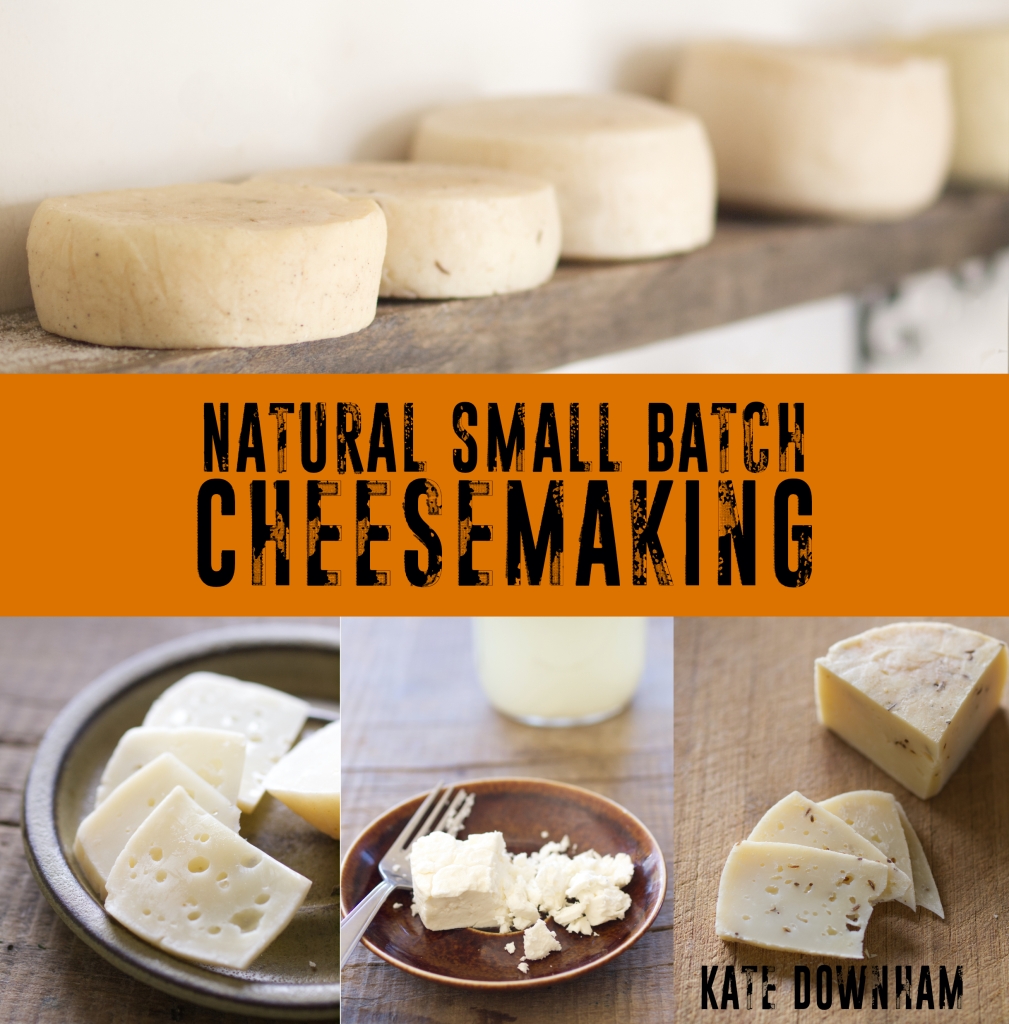
Market stall
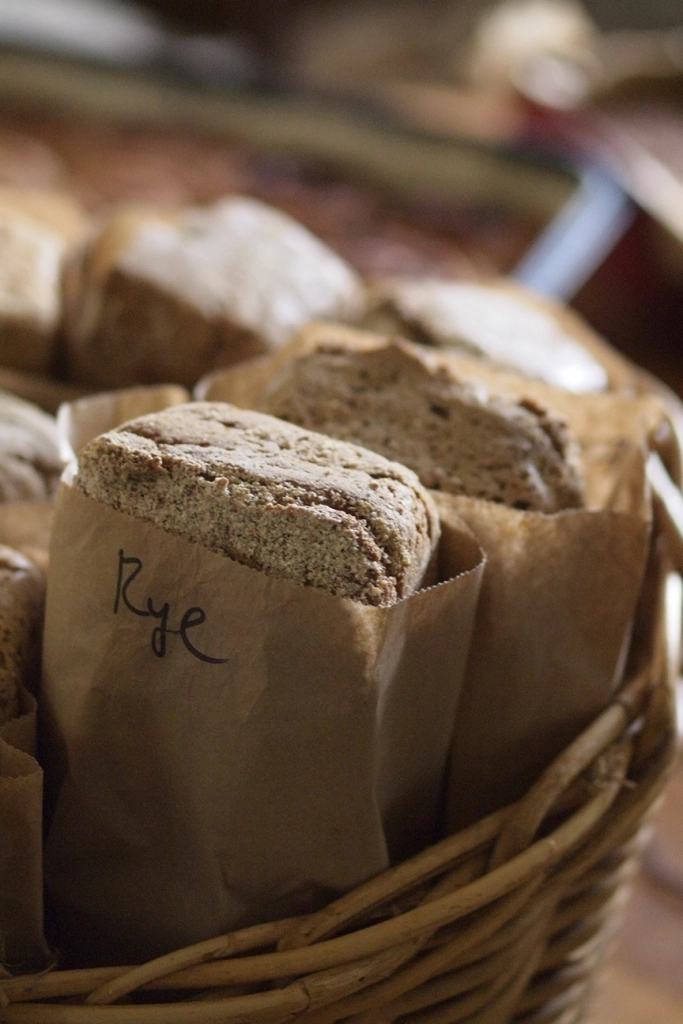
I wanted to diversify our homestead income by trying out selling homemade food at local farmers markets. I sell organic sourdough bread, ferments, sauces, and jams. Having a regular stall also means that if we end up growing extra vegetables or fruit later on, I can sell them at the stall.
Home brewing
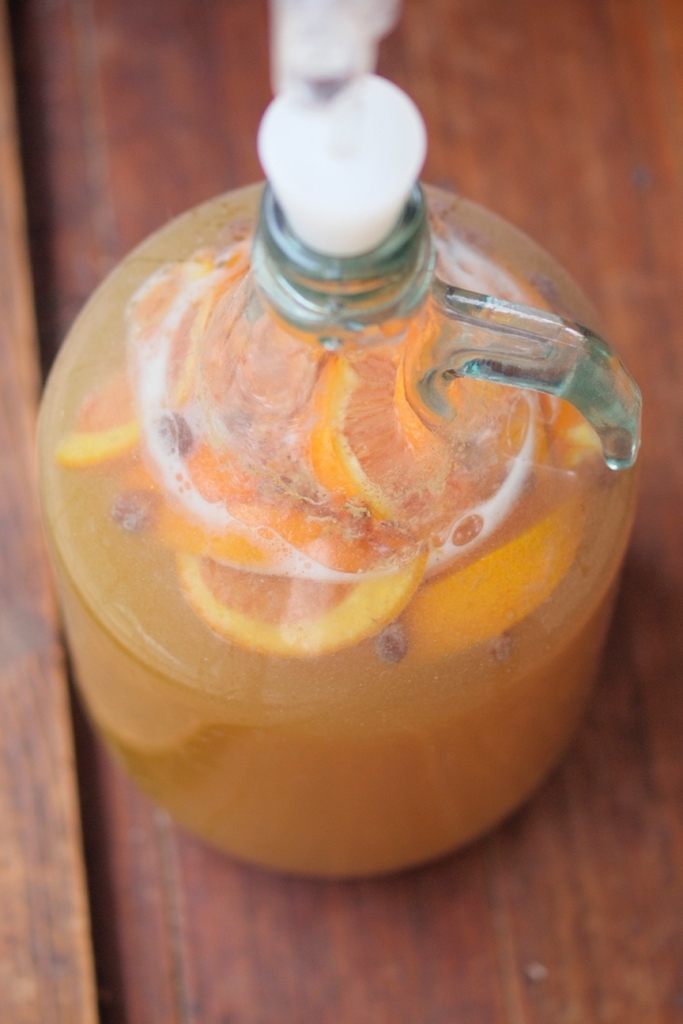
We had a celebration coming up, and my husband asked if I wanted any alcohol from the bottle shop. It was really lovely to say “no, I’ve brewed enough”. Home brewing is an aspect of self reliance that can be done anywhere, whether you have a homestead or not. I’ve really been enjoying making mead, and recently have tried my hand at making an ale without hops, starting from raw organic barley, malting it myself, and then going through a standard all-grain brewing process. I’ll share details of this process on the blog later on.
Goals for the year ahead
House cow
We don’t have enough pasture to keep a cow at the moment, but with all the strange stuff going on in the world these days, and butter being an important part of our diet, it would make sense to keep a cow. I am finding that even buying in hay it would be worthwhile, as we get the benefit of the cow manure for the garden as well as all the lovely dairy.
Maybe some pigs
Making lots of butter, we will have skim milk, which can combine this with root vegetables and/or grain for a simple and healthy way to feed pigs.
More perennials and homegrown animal food
We got some terraces dug last year on around 1/4 of an acre, but did not fence them off in time to plant them properly. Looking at Sepp Holzer’s permaculture book for inspiration, these can become productive polycultures of fruit trees, animal feed, and perpetual fertility. My husband is currently working on the fence so I will be planting fruit trees, grain, and perennials such as sunroot and comfrey there.
Meat rabbits
We need to build something for them to live in first, but hopefully this is not too far off.
Better crop rotation and being more organised in the garden
The chook dome garden has been going here for many years now, and some of the beds I had potatoes on early on have now rested long enough for more potatoes. I’m coming up with a rotation system for these beds that works for this climate, producing food, fertility, and chook fodder.
For the top garden, we have 7 or 8 sections (the 7th and 8th not being cleared yet) of beds roughly 75cm (2.5’) by 4m (13’), with 8 or so beds in each section. We chose the width because I can reach the whole bed from one side and easily step over it, so jobs like planting and weeding a whole bed are more manageable, this is the standard width for many market garden tools, if we want to use these later on, and less cross-paths are needed. The length of the beds was decided based on the terrain – we have them roughly on contour, slightly raised above the paths
Our crop rotation is based on these beds being used in pairs, so we have 4 different crops or guilds growing in each section. There are two different rotations, so that we get a bit of everything, but in both sections are potatoes and the brassica family, which are on different beds each year, giving a four year rest. In both rotations there are plenty of grains and green manures to grow our own fertility.
Something I’ve learned over this past year is to be more organised and seize the moment – sometimes there are very short windows for getting certain crops planted, and other times, if I harvest some crops early enough, there can be a window to plant a second quick-growing crop or a green manure.
More blueberries
The blueberries we have here are thriving and the local possums aren’t interested in them. They are so tasty and healthy and can’t eat enough of them, and they also would make a good crop to take to the market, so I am considering making a larger planting of them this spring.
Lots more food in general
This past year we had hopes of vegetable self sufficiency and didn’t make it, mainly because of the wildlife issues. This year, we’ve solved those problems and are coming up with crop rotations and planting calendars to make sure we get things planted on time. The more I live this life, the more I see self sufficiency as a journey in itself rather than a destination, it is a beautiful life and I try to take the time to appreciate things and be filled with a sense of gratitude. I don’t want to end up like Andersen’s fir tree, thinking that the best in life is just around the corner and not appreciating the present – I want to appreciate what we do have now.
What I would like to do is to focus on things that grow very well here, and grow enough of these to feed ourselves even if the more experimental crops don’t go well: turnips and daikon to meet our fermented vegetable needs, leeks, multiplier onions, and garlic to meet our onion needs, and lots of potatoes and leafy greens for calories and nutrition. I am getting better at growing carrots each these so these are becoming more of a staple food now, and each year as we increase the fertility of our soil and experiment with different seeds and growing techniques, perhaps we’ll find that more and more foods can be reliable staple crops for us.